Harishchandra Ghat is also one of Varanasi's oldest ghats, according to residents. It is greatly venerated by both residents and visitors, and it is thought that, like Manikarnika Ghat, being cremated here leads to salvation. The ghat, like many such sacred sites, has a gloomy appearance most of the time. Boats ready to transport travelers to the opposite side of the sacred River Ganga may be seen at the bottom of the steps leading to it. Smoke rises with a seriousness somewhere else before merging with the air above. The entire image serves as a reminder of your mortality and how fleeting everything is.
The origin of the name Harishchandra Ghat is a fascinating story. Ruler Harishchandra, a mythological king of Varanasi, is said to have labored in the cremation grounds to promote truth and justice. A sage named Rishi Vishwamitra, on the other hand, urged the monarch to pay him a ceremonial charge known as Rajsuya Dakshina one day. The king, who was famed for his kindness, handed up his whole kingdom, as well as all of his money and possessions. The sage, still unsatisfied, requested that he pay for the ceremony for free. He made his way to Kashi, dejected and powerless. He enslaved his wife and son and put himself up for bondage here. He never met his son or wife until his wife, who had been broken down by years of toil, misery, and sorrow, went to the cremation yard with their son's body in her ams, who had died from a snake bite. His mother didn't have enough money to meet his funeral expenses. This was Harishchandra's final test, which he passed with remarkable strength, honesty, and courage. God ultimately repaid him for his honesty by returning his throne, country, and son to him. The legends of King Harishchandra are spoken with the same passion now as they were thousands of years ago, and his character is used as a standard to judge a man's honesty and moral integrity. The ghat now has an electric crematorium as well.




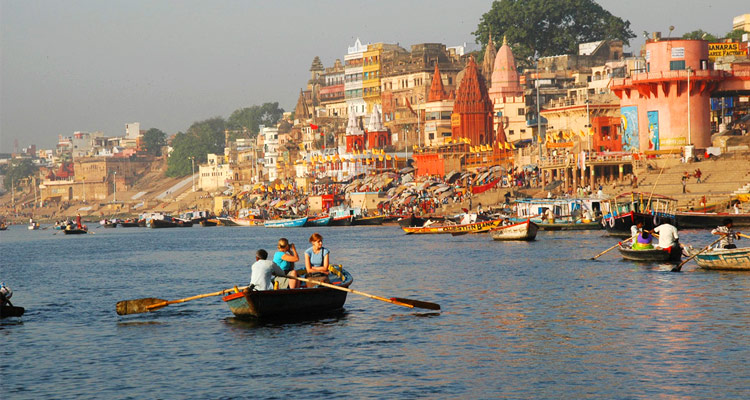

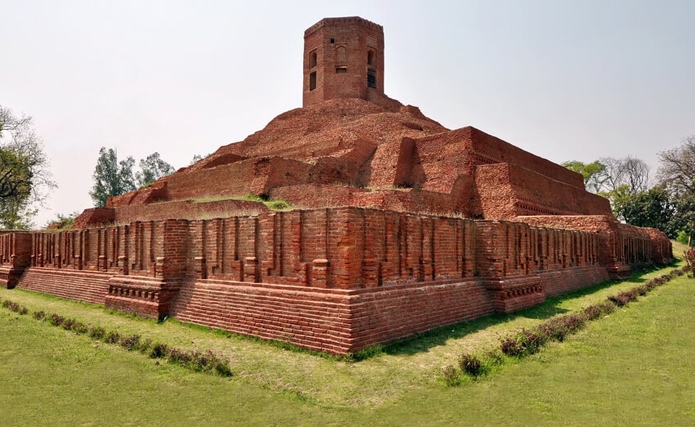
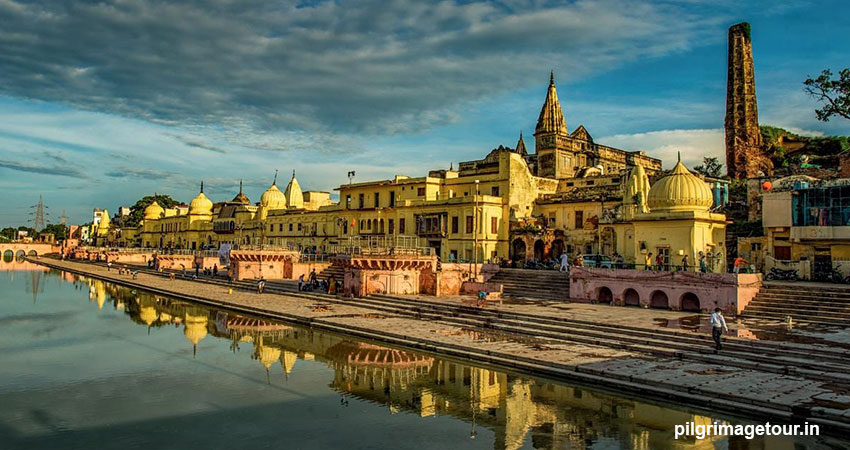


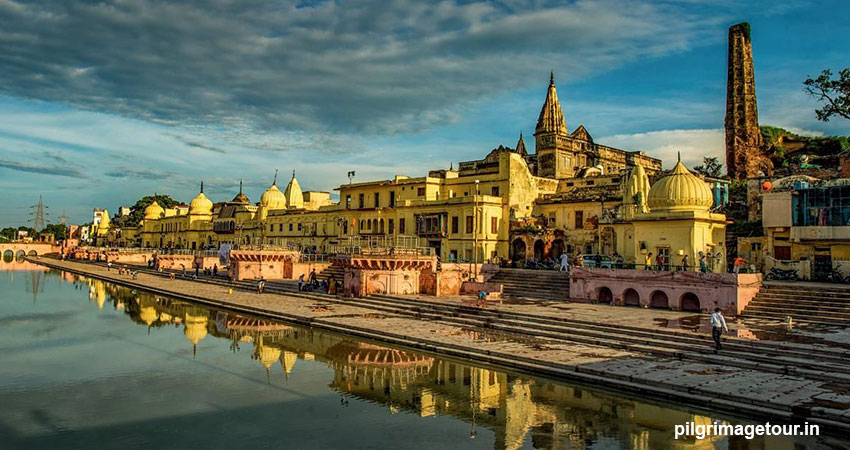
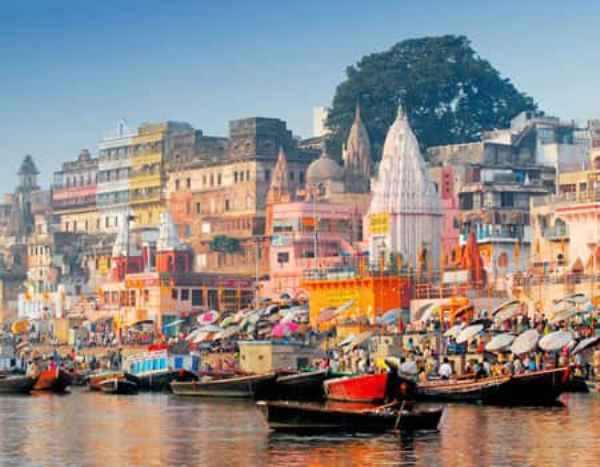
 +91-7303039611
+91-7303039611